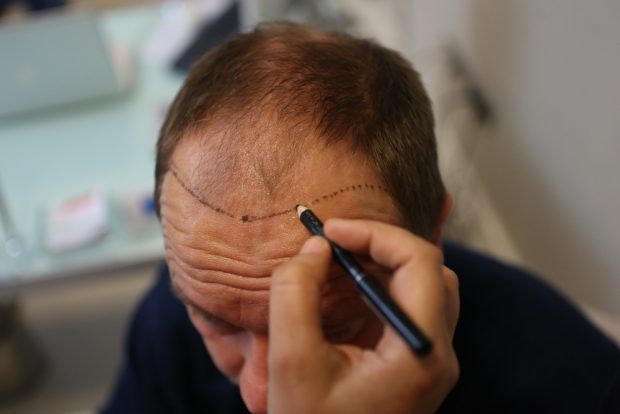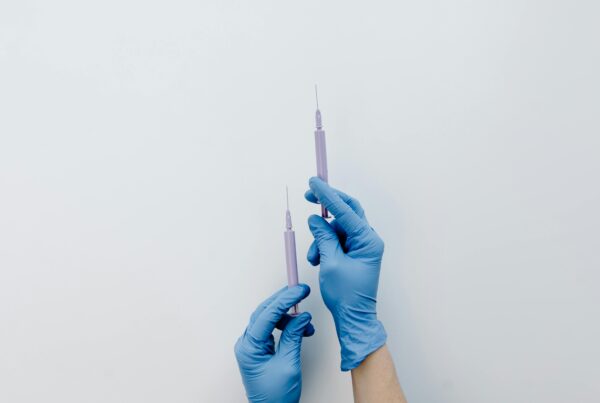Hair transplant procedures have emerged as a popular solution for individuals seeking to enhance their appearance and regain confidence. Hair transplantation offers a permanent solution to achieve natural-looking results, whether it’s due to thinning hair, receding hairlines, or a desire for denser locks. Longevity Live Paid Content.
With advancements in medical technology, several hair transplant methods are available to cater to your needs and preferences. However, the abundance of options can sometimes make it overwhelming to choose the suitable method.
In this article, you will explore some of the most common hair transplant methods available today, allowing you to make an informed decision. So, let’s begin!
1. Follicular Unit Extraction (FUE)
Follicular Unit Extraction, or FUE, is a minimally invasive hair transplant method that involves harvesting individual hair follicles from the donor area and transplanting them to the recipient area. This hair restoration procedure is performed using a specialized tool that extracts follicles one by one, leaving no visible linear scars. The length of this procedure can vary depending on the number of grafts that need to be transplanted.
But experts suggest getting a Sapphire FUE hair transplant is an ideal choice for individuals seeking a discreet hair transplant procedure, as the results appear seamless and undetectable. Additionally, this type of transplant usually requires around six to eight hours to be completed.
2. Direct Hair Implantation (DHI)
Direct Hair Implantation, or DHI, is a technique that combines aspects of both FUE and FUT methods. It involves extracting individual hair follicles using a specialized tool and then immediately implanting them into the recipient area using a Choi implanter pen.
DHI offers precise control over the depth, angle, and direction of hair implantation, resulting in natural-looking hair growth patterns. This method is also known for faster healing and minimal scarring.

ymphotos/shutterstock
3. Follicular Unit Transplantation (FUT)
This hair transplant procedure involves harvesting a strip of hair-bearing scalp from the back or sides of the head. The strip is then carefully dissected under a microscope into individual follicular units, which contain one to four hairs each. These units are meticulously transplanted into the recipient area, creating a natural-looking hairline and enhancing overall hair density.
FUT offers a higher yield of grafts compared to other methods and is suitable for individuals with advanced hair loss. The procedure typically takes several hours and requires a recovery period of a few weeks.
4. Robotic Hair Transplantation
Robotic Hair Transplantation is an innovative method that utilizes advanced robotic technology to perform the hair transplant procedure. With the assistance of an intelligent robotic system, the surgeon can accurately extract and transplant hair follicles with minimal human intervention. This approach offers several advantages over traditional manual techniques, including increased precision, reduced scarring, and faster recovery time.
Using robotics in hair transplantation has revolutionized the field, providing patients with natural-looking results and improved overall satisfaction.
Keep In Mind After A Hair Transplant
- Follow post-operative instructions
It is crucial to carefully follow the instructions provided by your surgeon regarding medication, wound care, and any activity restrictions. These instructions optimize healing and minimize the risk of complications. Avoid touching, scratching, or rubbing the transplanted area for a few days after the procedure. Protect the grafts from direct sunlight, extreme temperatures, and potential trauma.
- Be gentle during washing
When permitted by your surgeon, gently wash the recipient area using a mild shampoo or the one recommended by your doctor. Avoid vigorous rubbing or scratching. Pat dry the area instead of rubbing it.
- Avoid strenuous activities
For the first week or two, avoid strenuous exercises, heavy lifting, and activities that may cause excessive sweating. These activities can increase the risk of dislodging or damaging the grafts.
- Follow a healthy lifestyle
Maintain a nutritious diet, stay hydrated, and avoid excessive stress. A healthy lifestyle promotes overall well-being, which can positively impact the success of the transplant.
- Be patient
Hair transplant results take time. It’s essential to have realistic expectations and understand that it can take several months for the transplanted hair to start growing and for the full results to become visible.
Conclusion
By considering these insights and options, you can confidently take a step towards achieving the hair you desire. However, ensure you consult with a qualified hair transplant specialist to determine the most suitable approach based on your unique circumstances. With an expert’s help, you can enjoy the process and the potential transformation it can bring!
Who is the author?

Erika Cruz
Erika Cruz works with Outreach Monks as a senior content writer with expertise in the fashion, beauty, and skincare niche.
With her seven years of experience, she aims to provide readers with the latest development in the field. With a keen eye for detail and a commitment to delivering high-quality content, she consistently exceeds client expectations.



![women [longevity live]](https://longevitylive.com/wp-content/uploads/2020/01/photo-of-women-walking-down-the-street-1116984-100x100.jpg)










